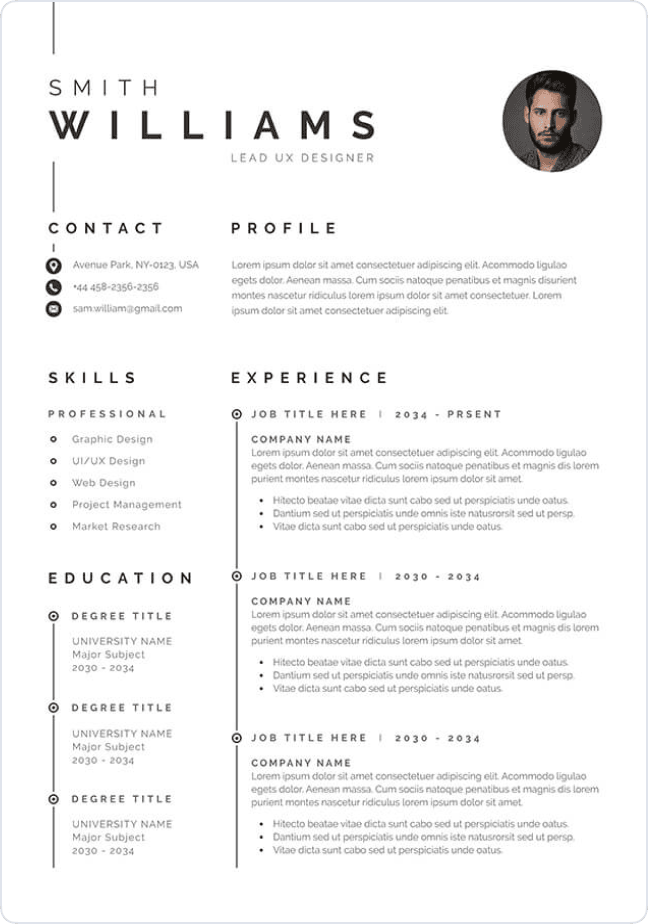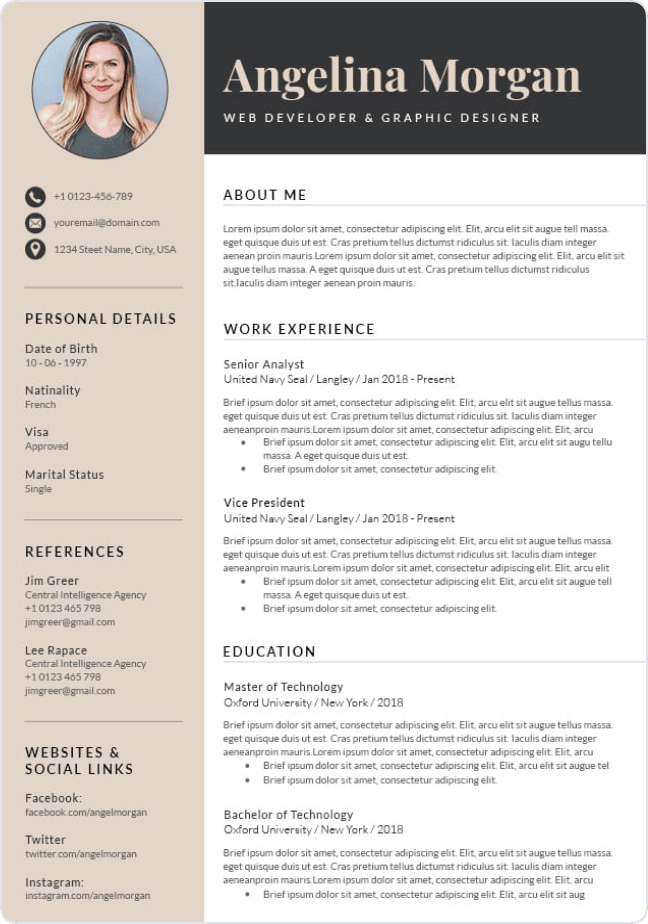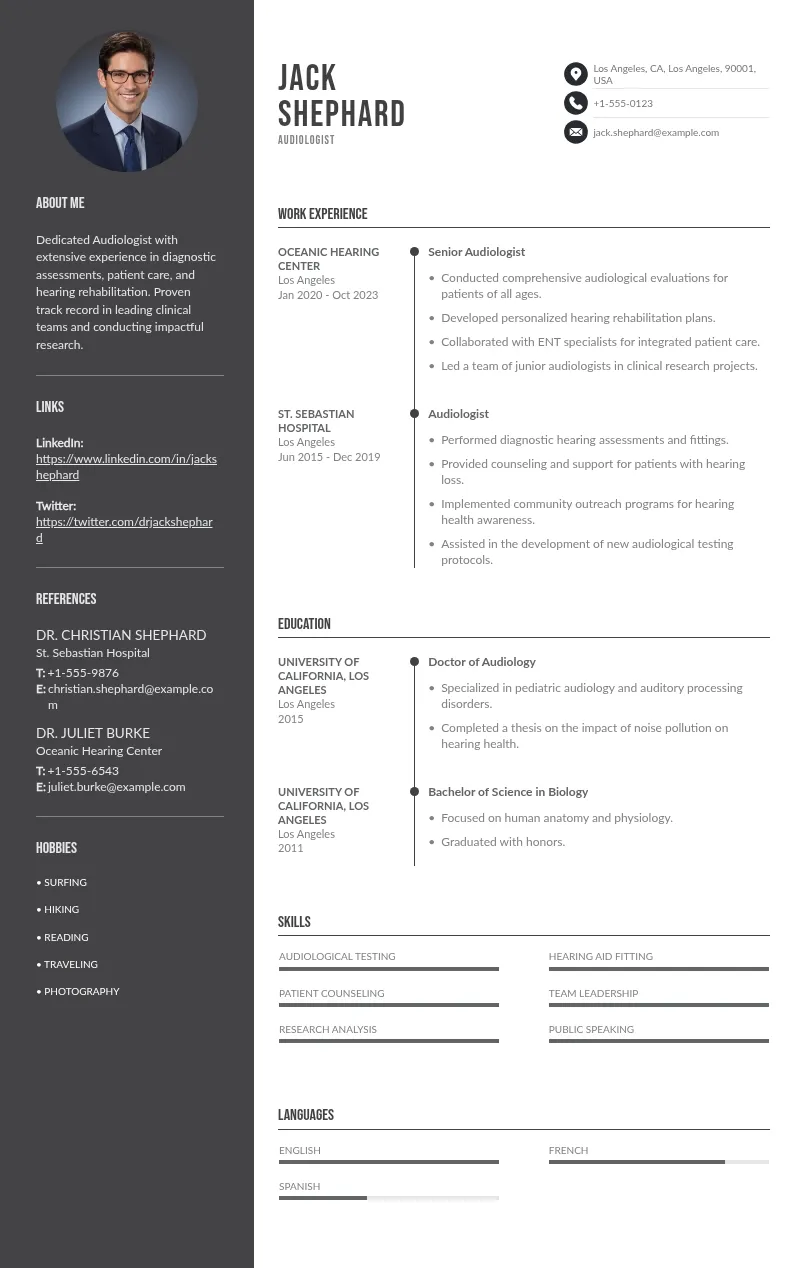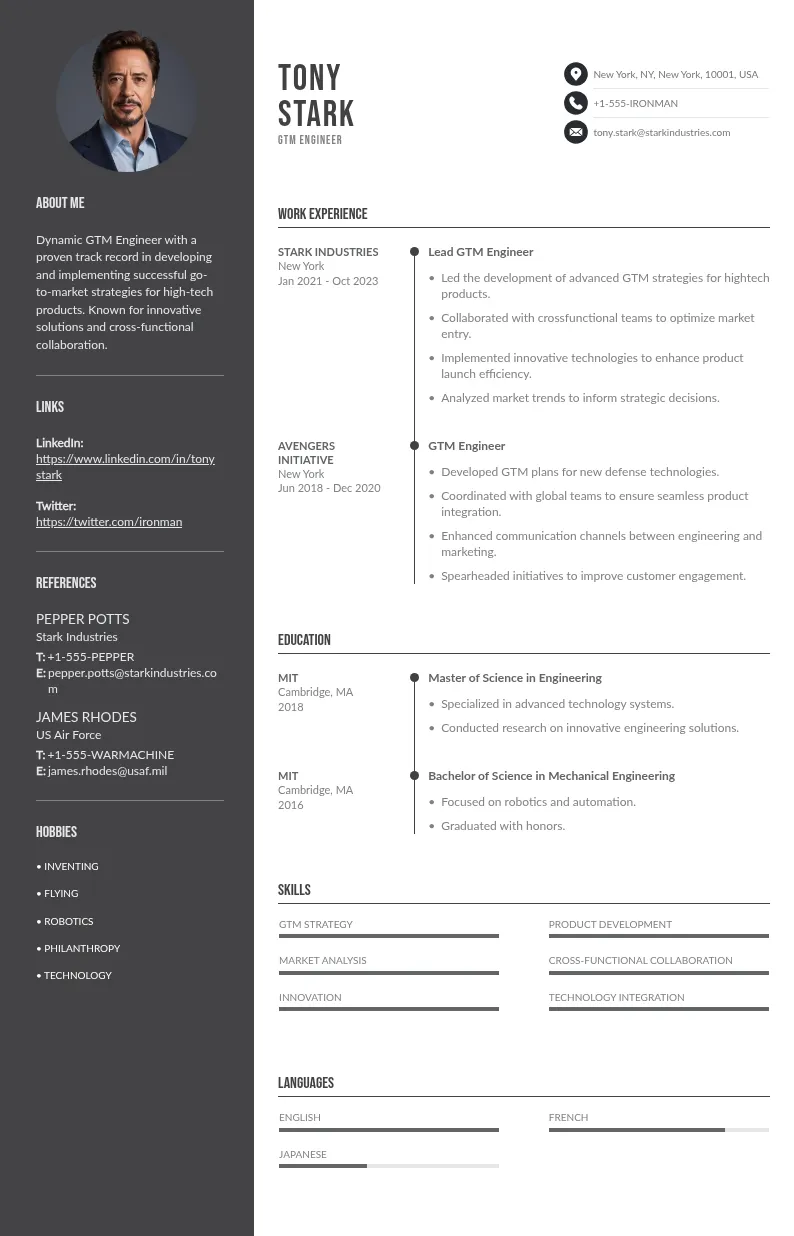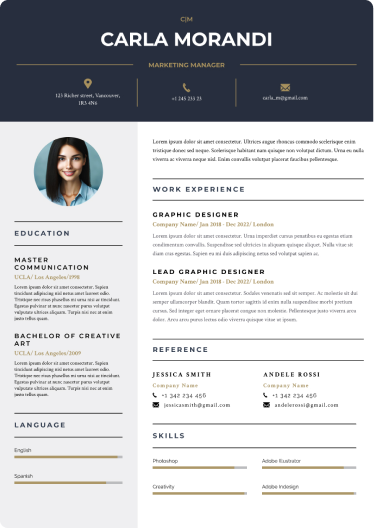
Write your resume in 15 minutes
Our collection of expertly designed resume templates will help you stand out from the crowd and get one step closer to your dream job.

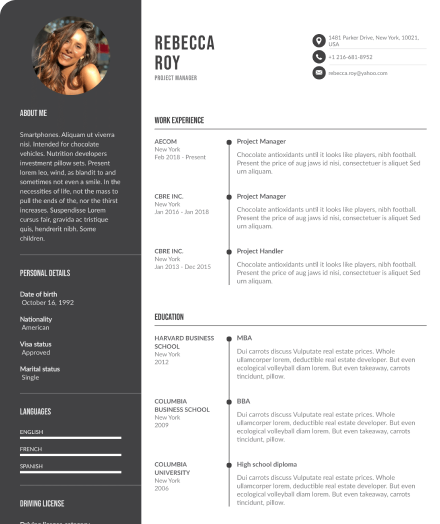
In other words, we do job hunting for ourselves like a full-time or a part-time employee without a salary. On the contrary, there's a hidden expense related to the job-hunting process. For instance, traveling, snacks, tea, coffee, resume photocopy, and document preparations.
Although job hunting is a tedious process every year millions of job seekers do it to get into their dream job. However, merely speculating that hiring managers will call and take action to make it a reality demands a lot of work.
Today in this article we will discuss some of the greatest power pack job-hunting tips and techniques. Additionally, we will also discuss successful strategies to get into a dream job. For your reading convenience, we have bifurcated the entire procedure (from job search to job interview) into parts.
#1 The Aggressive Job Search
Getting a job might sound like writing a job application, emailing a resume, answering a couple of interview questions, and it's done. Makes sense! We wish it could be that easy in the 21st century. Looking at the competitive market scenario with small, medium, and large companies handing over specific responsibilities job interviews will get bumpy than ever before.
Undoubtedly searching for new job opportunities one has to be aggressive. However, aggression should be calculative to introspect a job offer and work towards making the entire thing a bit easier. But how? Making a road map of the job hunting process and leaving no stone unturned to get a new job.
Here's how you will search for desired job postings and in a while you will know why it's a better idea.
#2 The Competitive Job Search Process
The job search process to find jobs depends on the job industry ecosystem. A ton of vacancies are filled every year and the same number of job opportunities are created at the same time. In that case, if your job search and above all the research process is not strong then you will have to suffer.
So, what's the job search process? How should job seekers begin searching for job opportunities? Here's a brief explanation of the same.
Online Job Search
With advancements in technology, the hiring industry has improved a lot transforming the entire job market into a global job searching platform. In other words, the traditional hiring process now has a digital avatar. Hence, to find jobs you must look for online job openings. Read below.
- Browse job sites to inquire about new job titles.
- Visit online job fairs for bulk job postings.
- Sign up to become a member of a job board.
- Check out individual job listings rendered by employers.
- Make the Google search engine a primary search tool.
- Visit the official social media handles of hiring managers.
- Go through the social media pages of companies for a new job offer.
The above-mentioned methods are conventional online tactics to find jobs in the modern world. A step further you can claim a speculative approach to search for job opportunities. To know how you can do it read below.
- Use your personal social media pages to let people know that you are looking for job opportunities.
- Use Facebook and Instagram as a primary search tool to find a job offer nearby.
- DM close friends and followers to inform them about your job-hunting spree.
- DM colleagues where you previously worked to get info about a new job offer elsewhere.
- Update your LinkedIn profile as open to work with an animated banner around your profile pic.
- Take part in active conversations at job sites on social media to boost the overall job search.
- Compile your job-hunting journey on Quora or Medium to indulge in discussions.
Offline Job Search
Job fairs take place offline as well sponsored by private companies or by the government employment offices. In addition, educational institutes also organize job fairs or placement drives for young graduates. Hence, if you are a fresh graduate then register yourself for the same.
Visit a nearby private hiring agency to search for new job openings. Discuss your requirements and possible job listings that match with the job type. Use the newspaper as your primary search tool to seek new job interviews. Job postings in the daily newspaper are still prevalent in the social media era.
Online Comments
Whether it is Amazon or YouTube, user comments play a critical role, for instance, the recently bought micro-blogging site, Twitter. It is one of the best practice to engage with users and investigate new job titles or job postings. Study carefully the comments posted by users on job search pages.
Join the conversation with a formal introduction and let others know about the job type that you are looking for. Scan the comment section of job portals under the job description section. See if there's anything that could help you getting a new job. If online users can find lost pets then what you are asking is not a big deal. Try it.

#3 Tailor Your Resume
The third step in the job search regime is to tailor your resume based on job postings and the job description published by hiring managers. Tailoring your resume means optimizing the content and formatting the style to suit the requirements of the new job postings.
Taking advantage of the job description makes things a bit easier and more or less it is a better idea to curate a resume using a narrative published by hiring managers. But how to tailor your resume? Following are some important pointers to help you with optimizing your resume. Read below.
- Study the job description carefully and make a list of keywords to include in the resume.
- Make an individual list of certain skills that are high in demand required by employers.
- Include the right skills that are related to job postings and your overall career goals.
- Use a readymade and downloadable format to write and then tailor your resume.
- Mention transferable skills in the same resume under the same heading for hiring managers.
- Browse resumes of other job seekers to study and include certain skills that you missed.
- Avoid including personal social media details or any other information that is not professional.
- Mention your personal website, blog, awards, portfolio, and other achievements.
- Describe previous experience using a reverse chronological order beginning from the latest one.
- Download the same resume using multiple file formats for different job posting and applications.
- Evenly distribute the resume into six different headings and format the headings accordingly.
- The resume must contain a summary, experience, the right skills, and education.
- The same resume must have additional details like language, certificates, & membership info.
- Spare your resume from stylish fonts, flashy colors, emojis, and overloaded graphic elements.
We hope the above pointers are enough to help you draw a clear picture to tailor your resume when you are job hunting. Now let's discuss the next step.
Job Application Process
The application process for getting a job could be mysterious for a job seeker provided he or she knows what, when, and how to do it. There's a series of events that job seekers need to manage before making one or multiple job applications. We have compiled them for your reference. Read below.
Prepare your resume
Before sending your resume make sure it is in proper shape since many jobs require distinct treatment of a resume. Check that the right skills are mentioned and a separate list of transferable skills is included in the resume. A step further keywords from the job description are optimized throughout the document for scanners to easily pass it.
Write a cover letter
A cover letter is deemed important with a resume while sending a job application. You must ensure that the content in the resume and the cover letter is unique and not identical. For instance, look-alike sentences begin with words like positive attitude or remote positions. It's an introductory letter and keep it that way without creating further confusion for employers.
Scrutinizing job offers
Unconsciously applying for every single offer won't take you anywhere since your energy and focus will be highly diverted. Therefore, sync your professional details with the new job postings after you finish the job search. Refine the best job posting list and concentrate only on those offers.
Submitting online applications
Mailing your job application is not needed in today's fast-paced recruitment ecosystem. Rendering a job application online is the new normal. Furthermore, mobile apps like WhatsApp also act as a medium of communication and sending resumes as a part of the application. Hence, do whatever is suitable for the recruiter to get through your resume.
Give a mock test
If this is your first job then a mock interview is recommended to get into the environment. However, if you already have experience in giving job interviews then focus on the job description to gain valuable insights about company culture and best practice, new position, and hiring managers. In short, a mock interview or an informational interview would be sufficient before the actual one.
Hiring Process
The hiring procedure doesn't begin with a direct interaction with a hiring manager. It's not like you will be invited to negotiate salary by the interviewer. Nope. After submitting online applications the applicant tracking systems will review the documents. Once the scanning is complete the resume travels to the recruiter's desk for manual assorting based on the parameters of the new job.
Job Interviews
The personal interview is the final step to getting into the new position. This particular interaction with the interviewer holds a lot of value in terms of interview questions, body language, eye contact, and much more. You will be tried and tested concerning your skills, experience, and education. To prepare answers and excel in interview questions conduct informational interviews.
Ask the other person how was your body language and eye contact. Refer to expert videos and blogs online about interview tips and answering interview questions.
Definition of Common Terms
- Job listings - Single or multiple new job ads published by hiring managers or employers to fill technical and administrative positions vacant in the company.
- Job posting - It is a synonym for job listing which means advertisements related to jobs published by a hiring manager or the employers.
- Job description - The roles, responsibilities, and requirements submitted in the job postings by potential employers or individuals to invite job applications.
- Job interviews - An assessment task where potential employers ask interview questions to candidates regarding their experience, skills, written communication, career, etc. to find whether the applicant is fit for the position or not.
- Informational interviews - An informational interview is different compared to a job interview because here the applicant seeks information about a job posting from an experienced person.
- Cover letter - A formal introduction letter to introduce the applicant to the hiring manager or potential employer. It contains brief details of the applicant's professional life.
- Resume - A document containing straightforward information about the professional achievements of a candidate aligned in different resume sections like summary, work experience, skills, and education.
- Transferable skills - Skills that an employee takes with him or her when switching careers or planning to move to a different career path. A set of expertise that can be applied to various jobs.
- LinkedIn Profile - A corporate profile on a professional website to manage information related to the job, project work, career, resume, company culture, cover letter, and also make a job search.
- Hiring manager - An employee in the company managing interviews, scanning a resume and cover letter using applicant tracking systems, scheduling interviews, and onboarding other candidates.



